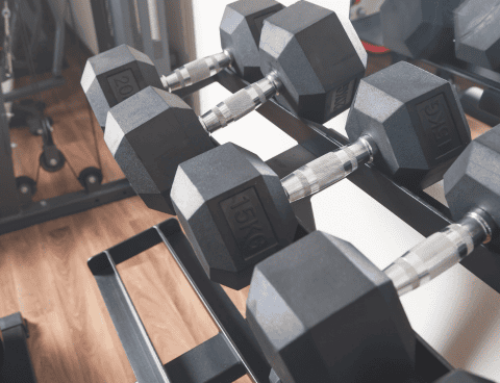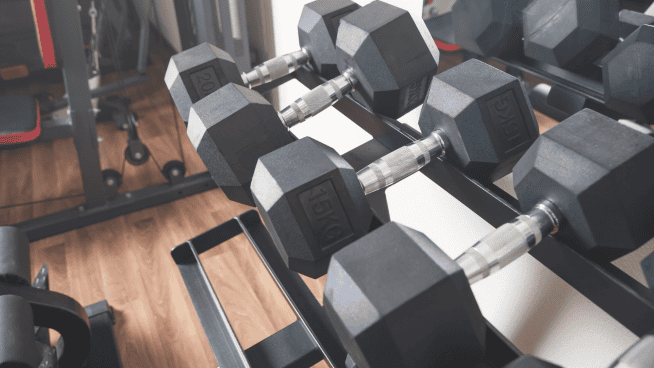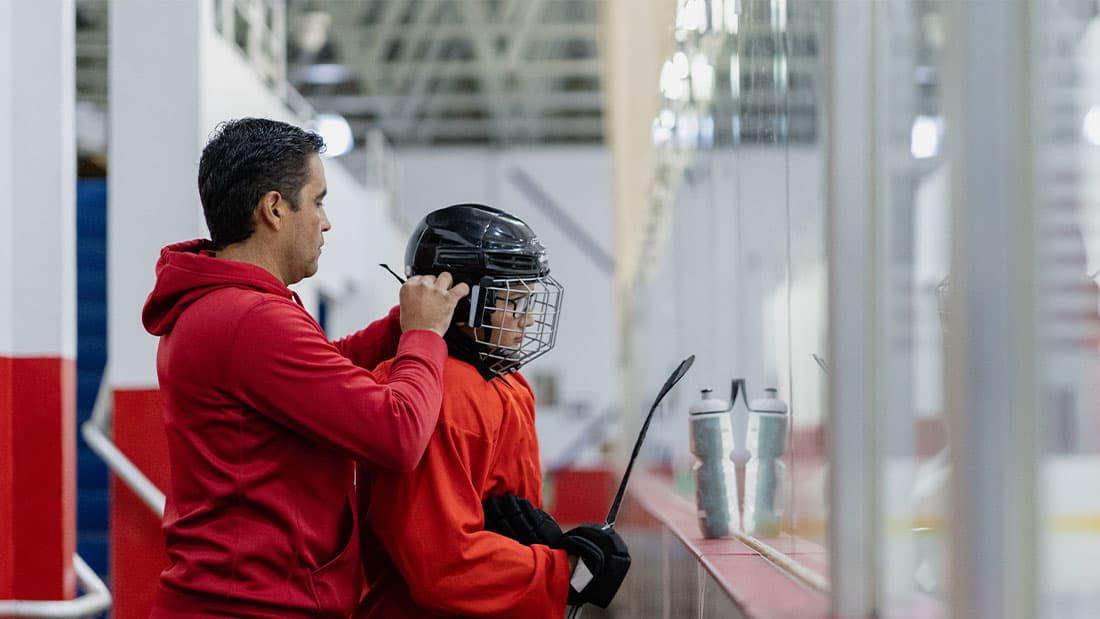5 Need-to-Know Tips for In-Season Baseball Workouts
Do you notice yourself losing energy and muscle as your baseball season moves along? There might be a good reason.
The competitive baseball season can run for as long as six months. High school athletes begin playing in March and wrap up toward the end of August. The collegiate season stretches even longer. Given the length of the in-season phase of baseball, it is necessary to have an effective training program in place to keep players strong and healthy during the months they are on the field. Here are a few guidelines for in-season training.
Avoid Eccentric Work
Eccentric muscle contractions have shown to be correlated with higher levels of delayed onset muscle soreness (DOMS), which can have a negative effect on performance during competition. When working out during the season, athletes should minimize eccentric work and maximize concentric work. This means no slow-tempo lifting and absolutely no negative sets.
You should complete the “lowering” portion of the lift quickly to make sure that you effectively limit the amount of time during which the muscles are under eccentric stress. Examples of exercises that lend themselves well to this type of lifting are Deadlifts, Box Squats, and Floor Presses.
Keep Training Volume Low
Limit yourself to lifting two times per week during the season, with a 3 to 6 rep range for compound exercises. The off-season is the time for 4- to 5-day programs and tons of reps. In-season is the time for maintaining strength and fending off injuries.
By keeping overall volume low, you can ensure that you’ll feel fresh during your next game, and not slow or tired. Two to three sets of 3 to 6 reps will be enough to achieve these goals.
Perform Plenty of Prehab/Corrective Exercises
As everyone knows by now (or should), baseball players’ arms take a beating during the season. The high number of throws they make puts them at a high risk for shoulder and elbow injuries. Addressing these issues in the weight room can reduce the chance of such injury.
Performing internal and external rotations with a band or dumbbell is an easy way to keep the rotator cuff strong, and exercises like YTAs and Blackburns are important to maintain shoulder health and proper scapular movement, as well as glenohumeral stability. By keeping the shoulder strong and mobile, you will greatly reduce your risk of injury during the season.
Stretch Common Trouble Areas
During the season, baseball players tend to lose mobility in three main areas: shoulder internal rotation, hip internal rotation, and thoracic spine. To improve shoulder internal rotation, perform the Sleeper Stretch. For hip internal rotation, perform the Lying Knee-to-Knee Stretch. To preserve full range of motion in the thoracic spine, perform Thoracic Spine Mobilizations on a foam roller.
Avoid Explosive Movements and Long Conditioning Runs
Things like plyometrics and explosive medicine ball throws are best left to the off-season. Baseball players get plenty of explosive work just by playing their sport. The same goes for conditioning. It doesn’t make sense to play an entire baseball game, then go run three miles when you should be resting.
In the case of explosive movements, it won’t benefit you to do plyometrics or medicine ball throws between games and practices during which you are performing dozens of even hundreds of explosive movements (throwing and swinging). That training time would be better spent maintaining strength and preventing injuries.
RECOMMENDED FOR YOU
MOST POPULAR
5 Need-to-Know Tips for In-Season Baseball Workouts
Do you notice yourself losing energy and muscle as your baseball season moves along? There might be a good reason.
The competitive baseball season can run for as long as six months. High school athletes begin playing in March and wrap up toward the end of August. The collegiate season stretches even longer. Given the length of the in-season phase of baseball, it is necessary to have an effective training program in place to keep players strong and healthy during the months they are on the field. Here are a few guidelines for in-season training.
Avoid Eccentric Work
Eccentric muscle contractions have shown to be correlated with higher levels of delayed onset muscle soreness (DOMS), which can have a negative effect on performance during competition. When working out during the season, athletes should minimize eccentric work and maximize concentric work. This means no slow-tempo lifting and absolutely no negative sets.
You should complete the “lowering” portion of the lift quickly to make sure that you effectively limit the amount of time during which the muscles are under eccentric stress. Examples of exercises that lend themselves well to this type of lifting are Deadlifts, Box Squats, and Floor Presses.
Keep Training Volume Low
Limit yourself to lifting two times per week during the season, with a 3 to 6 rep range for compound exercises. The off-season is the time for 4- to 5-day programs and tons of reps. In-season is the time for maintaining strength and fending off injuries.
By keeping overall volume low, you can ensure that you’ll feel fresh during your next game, and not slow or tired. Two to three sets of 3 to 6 reps will be enough to achieve these goals.
Perform Plenty of Prehab/Corrective Exercises
As everyone knows by now (or should), baseball players’ arms take a beating during the season. The high number of throws they make puts them at a high risk for shoulder and elbow injuries. Addressing these issues in the weight room can reduce the chance of such injury.
Performing internal and external rotations with a band or dumbbell is an easy way to keep the rotator cuff strong, and exercises like YTAs and Blackburns are important to maintain shoulder health and proper scapular movement, as well as glenohumeral stability. By keeping the shoulder strong and mobile, you will greatly reduce your risk of injury during the season.
Stretch Common Trouble Areas
During the season, baseball players tend to lose mobility in three main areas: shoulder internal rotation, hip internal rotation, and thoracic spine. To improve shoulder internal rotation, perform the Sleeper Stretch. For hip internal rotation, perform the Lying Knee-to-Knee Stretch. To preserve full range of motion in the thoracic spine, perform Thoracic Spine Mobilizations on a foam roller.
Avoid Explosive Movements and Long Conditioning Runs
Things like plyometrics and explosive medicine ball throws are best left to the off-season. Baseball players get plenty of explosive work just by playing their sport. The same goes for conditioning. It doesn’t make sense to play an entire baseball game, then go run three miles when you should be resting.
In the case of explosive movements, it won’t benefit you to do plyometrics or medicine ball throws between games and practices during which you are performing dozens of even hundreds of explosive movements (throwing and swinging). That training time would be better spent maintaining strength and preventing injuries.











